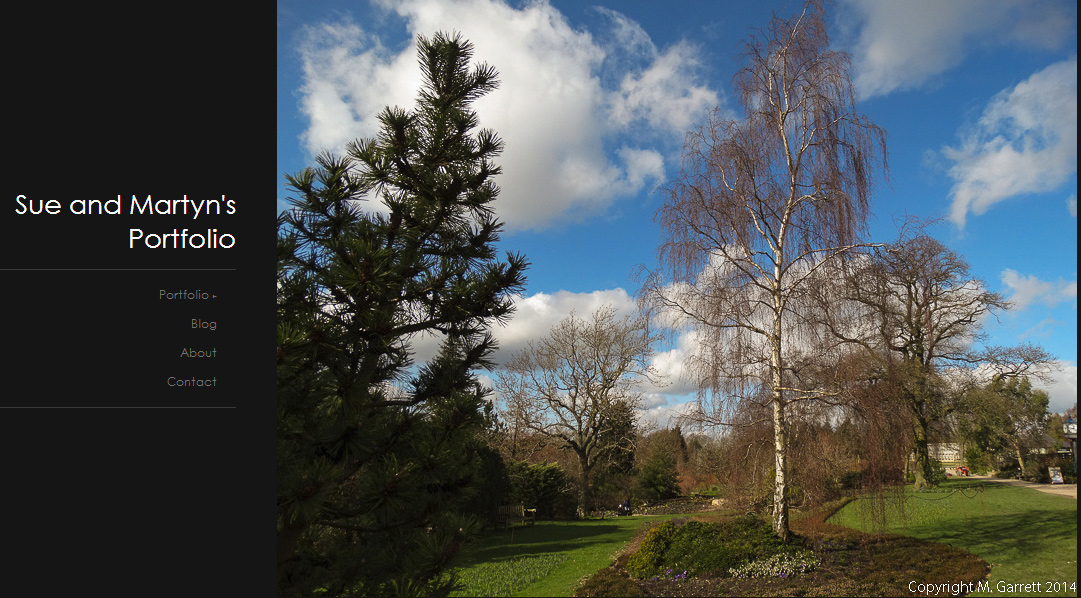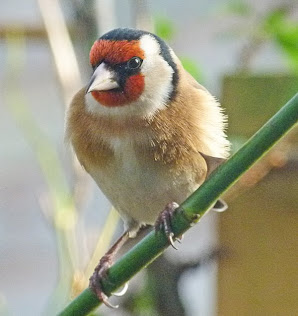You may remember that we had very mixed results with our tomatoes this year.
The ones growing in the garden greenhouse produced very few fruits unaffected with blossom end rot. So much so that we are considering not growing tomatoes in there next year.
Our garden greenhouse is a fairly large (10'x20') made from cedar. The tomatoes only occupied a part of the space.
The tomatoes in the smaller (6'x8'), aluminium, plot greenhouse produced healthy fruits but these have been very slow to ripen. They were watered when we went to the plot which wasn't on a particularly regular basis - sometimes there would be a few days between watering and the greenhouse was shut other than when we were at the plot. There is one working automatic roof window which was the only regular means of ventilation.
































































